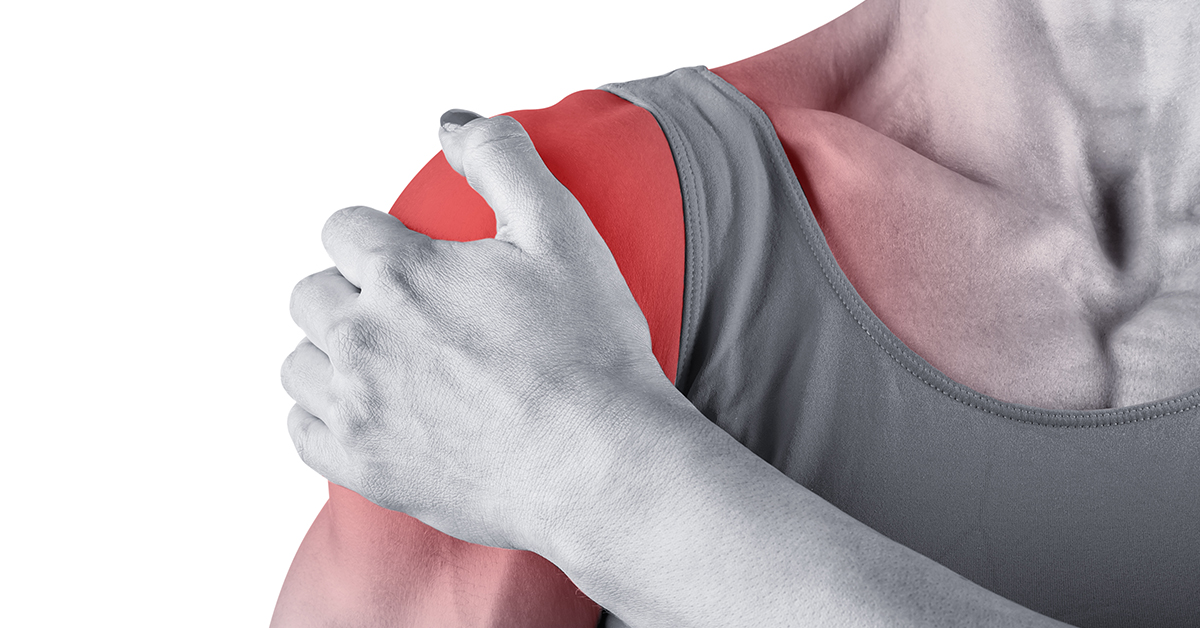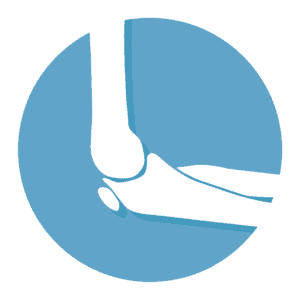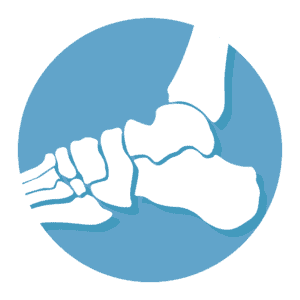
Arthritis of the Shoulder
The shoulder joint is capable of a multitude of movements. During a person's lifetime, age-related changes can occur to this joint, causing pain and discomfort. In this article, we shall discuss arthritis of the shoulder in more detail.
What is arthritis of the shoulder?
Arthritis of the shoulder refers to destruction of the joint tissues that form a part of the shoulder joint. The shoulder joint is composed of muscle tissue, bones, ligaments and cartilage. These can undergo wear and tear. Over time, this wear and tear can cause pain in the joint, which is referred to as arthritis.
Causes
There are a few causes for shoulder arthritis. Osteoarthritis is the most common cause, affecting patients over the age of 50. Rheumatoid arthritis is another cause that not only affects the shoulder, but other joints as well. Tears of the rotator cuff can cause arthritis due to the prolonged duration of healing. In some patients, arthritis can occur after injury to the shoulder joint - many times, such injuries are due to direct trauma or fractures. Avascular necrosis of the head of the shoulder is a rare condition that causes arthritis. This condition is associated with drug use and illnesses such as sickle cell disease.
Clinical Features
Patients with arthritis of the shoulder primarily suffer from pain. This pain is felt within the shoulder joint and is worse when the patient moves. The range of motion of the shoulder joint is therefore limited. On examination, the joint feels like it is grinding when it is being moved. Patients may have pain at night and may have difficulty sleeping as a result.
On examination, the joint will be particularly tender, especially when it moves. There may be mild swelling as well, due to an accumulation of fluid.
Diagnosis
Diagnosis of arthritis of the shoulder is primarily clinical. An X-ray of the shoulder joint will reveal changes consistent with arthritis. Evidence of past damage from an accident or trauma may also be visible. Specialized scans such as a CT scan or MRI can help delineate the damage even further, but may not be necessary.
Treatment
Most cases of shoulder arthritis can be treated with non-invasive methods. In other words, conservative treatments such as resting the joint, ice application, physical therapy and regular exercise can help. Over-the-counter painkillers can help, but sometimes even stronger painkillers, such as steroid injections into the joint, may be required. Depending upon the cause, more specialized treatments may be needed. For example, patients with rheumatoid arthritis may need specialized drugs such as methotrexate.
In patients for whom the above measures are not effective, surgical treatment may be needed. This includes repair of the shoulder through arthroscopic measures (called arthroplasty) or complete replacement of the shoulder joint. Parts of the shoulder joint may need to be removed and patients will require rehabilitation in order to recover completely.








